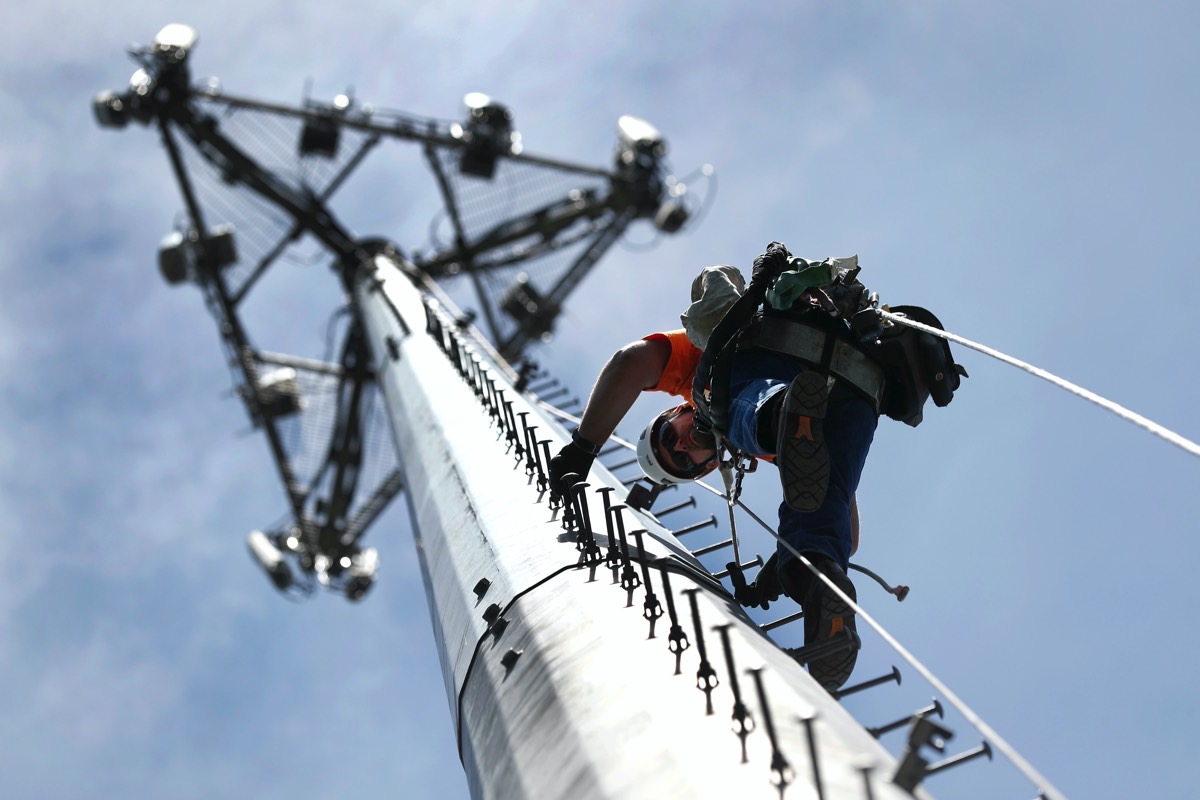cross-posted from: https://sopuli.xyz/post/7625705
According to the linked article, 72 studies suggest that wi-fi radiation harms/kills #bees – and by some claims is a threat to their continued existence. I suppose if extinction were really a likely risk there would be widespread outrage and bee conservationists taking actions. It seems there is a lack of chatter about this. This thread also somewhat implies disinterest in even having wi-fi alternatives.
In any case, does anyone think this is a battle worth fighting? Some possible off-the-cuff actions that come to mind:
- ban the sale of wi-fi devices bigger than a phone in Europe¹ if they do not also comply with these conditions:
- include an ethernet port as well. So e.g. macbooks would either have to bring back the ethernet port or nix wi-fi (and obviously Apple wouldn’t nix Wi-Fi).
- have a physical wi-fi toggle switch on the chassis (like Thinkpads have)
- force public libraries with Wi-Fi to give an ethernet port option so library users at least have the option of turning off their own wi-fi emissions.
- ban the sale of Wi-Fi APs that do not have:
- a configurable variable power setting that is easily tunable by the user; maybe even require a knob or slider on the chassis.
- bluetooth that is internet-capable
- force phones that include wi-fi to also include bluetooth as well as the programming to use bluetooth for internet. Bluetooth routers have existed for over a decade but they are quite rare… cannot be found in a common electronics shop.
Regarding bluetooth, it is much slower than wi-fi, lower range, and probably harder to secure. But nonetheless people should have this option for situations where they don’t need wi-fi capability. E.g. when a phone is just sitting idle it could turn off wi-fi and listen over bluetooth for notifications.
I suspect the 1st part of this quote from the article explains the lack of concern:
“The subject is uncomfortable for many of us because it interferes with our daily habits and there are powerful economic interests behind mobile communication technology.”
- I say /Europe/ because it’s perhaps the only place where enough people would be concerned and where you also have the greatest chance of passing pro-humanity legislation (no “Citizens United” that human needs have to compete with).


Thanks a lot for sharing! It has been nice thinking about this topic again.
When I wrote my response I was hyper-focused on the concept of “antenna-like” resonances due to the wavelength of the radiation, so it was interesting to read about the 500 Hz resonances that I assume are due to natural frequencies of tiny hairs or other oscillators in bees. I did not even consider these.
I have in the past heard about some micro-wave and also IR-assisted chemistry. It does make some intuitive sense that the excitation of particular modes that displace molecules or groups of molecules along a reaction coordinate might help speed up a specific reaction pathway, but I remember a few years ago that the data was not there to support that. I believe a professor at my university was doing some experiments in which the reactants are placed within a cavity that is resonant with such a mode in an attempt to increase reaction rates via some cavity enhancement. From what I can see they have not published on this topic yet, but it seems to be related to this concept: https://pubs.aip.org/aip/jcp/article/154/19/191103/565904
I am very curious about your LoRa bee sensors. What kind of sensors are you using?
We make them, and I’m trying to sell as many as I can to fund this research (it’s not funded otherwise, I’m independent anarchist scientist), but so far it’s a struggle.
Here is a frontpage with sample of actual data http://apiologia.zymologia.fi/
edit: clicked “publish” here
We record humidity and temperature and their songs you can listen to by clicking on the plot (easier to look at in log scale), and some ancient (1970s) algorithms to predict swarming.
This is second sensor array, the first on is in Chernobyl, it’s 20-ish years old now and keeps transmitting radiation levels for public https://do.pripyachka.com/graph/?n=72 (this is also anarchy project, yes, fuck the war and all lying governments although I’m totally on Ukraine’s side, electronics just works without meatbags attention). So I can honestly say that the system is quite robust and low-maintenance. Please contact me if you or your friends want some.